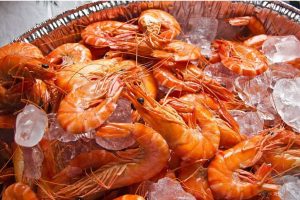What is the best Shrimp substitute?
What is the best shrimp substitute? There are several alternatives you can consider as substitutes for shrimp, especially if you’re looking for plant-based or alternative protein options. Try using: Langoustine, Crayfish, Mussels, Scallops, Crab, Chicken, Tofu, Mushroom, or Cauliflower.
Remember that the flavor and texture of these substitutes may vary depending on how you prepare and season them. Experiment with different cooking techniques and seasonings to achieve the desired taste and texture in your dishes.
What are Shrimps?
Shrimp are small, marine crustaceans that are widely consumed around the world and are known for their sweet and delicate flavor. Shrimp have a distinctive curved body and a long tail, which sets them apart from other crustaceans like crabs and lobsters. You can find them in both saltwater and freshwater environments.
Shrimp come in various sizes, from very small to larger species. Prepare them by boiling, grilling, frying, and adding to various dishes like pastas, salads, curries, and stir-fries. The taste and texture of shrimp can vary based on the species and how they are cooked.
Shrimp are a popular source of protein and are low in fat, making them a nutritious option for many diets. However, concerns about overfishing and the impact of shrimp farming on the environment have led to discussions about sustainable seafood choices.
Nowadays shrimp comes in many forms including fresh, frozen, cooked, peeled and deveined, shrimp meat, shrimp skewers, breaded shrimp. shrimp paste, shrimp chips or canned shrimp. Now that’s some list!
Okay, before we look at your shrimp substitute options, let’s deal with that empty cupboard situation!
Where can I buy Shrimps?
If you want to be more prepared and ensure you don’t run out of shrimps then you should stock up now.
Nowadays most delicatessens and general supermarkets stock shrimp in a wide range of format. Or if you prefer you can also purchase shrimp on-line.
So why not jump on and place your order today.
STOCK UP NOW!
Frozen to help retain freshness. 99% fat-free delicious shrimps.
Peeled and deviened, ready to use after defrosting.
Well-packaged for delivery.
What can I substitute for Shrimp?
Here are some of the best ingredients to substitute the flavor and role that shrimp provides in your recipes.
- Langoustine
- Crayfish
- Mussels
- Scallops
- Crab
- Chicken
- Tofu
- Mushroom
- Cauliflower
Shrimp substitutes
Langoustine
Langoustine can be a good substitute for shrimp in many recipes. Langoustines, also known as Norway lobsters or Dublin Bay prawns, are small crustaceans that resemble a cross between a lobster and a shrimp. They have a sweet and delicate flavor similar to shrimp, and their texture is often described as more tender and slightly firmer than that of shrimp.
If you choose to use langoustines as a substitute for shrimp, here are a few things to consider:
- Size: Langoustines are generally larger than most shrimp, so you might need to adjust the quantities in your recipe accordingly.
- Flavor: The flavor of langoustines is slightly sweeter and richer compared to some shrimp varieties. This can add a unique twist to your dishes.
- Texture: Langoustines have a firm yet tender texture, which can work well in various preparations like grilling, sautéing, or adding to pasta dishes.
- Preparation: Like shrimp, you can peel and cook langoustines in a variety of ways, such as boiling, grilling, or pan-searing.
- Availability: Depending on your location, langoustines might not be as readily available as shrimp. Commonly found in certain regions they can also be a seasonal product.
Overall, langoustine can be a delightful alternative to shrimp if you’re looking to add a slightly different flavor and texture to your dishes. However, due to potential differences in size and availability, you may need to make some adjustments to your recipes.
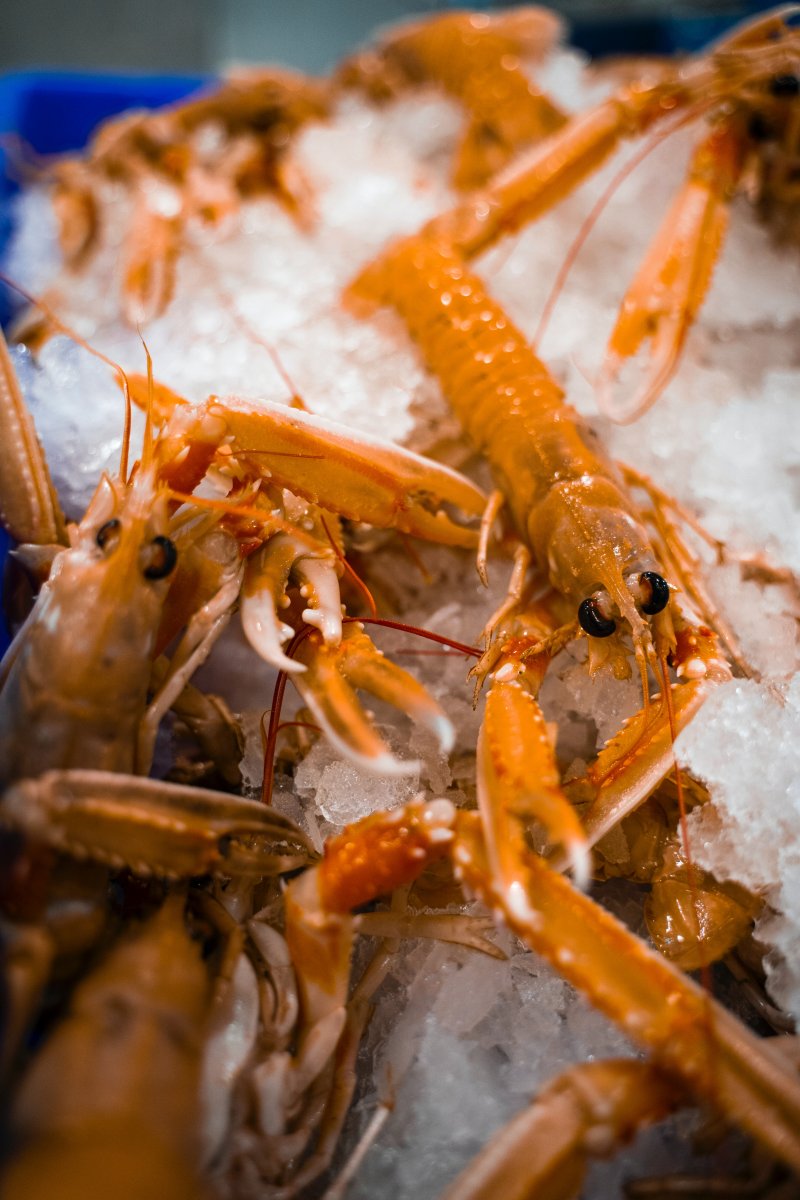
Crayfish
Crayfish, also known as crawfish or crawdads, are freshwater crustaceans that are similar in appearance to small lobsters. They have a slightly different flavor and texture compared to shrimp, but they can work well as a substitute in some dishes. Here are some things to consider:
- Flavor: Crayfish have a slightly stronger and more earthy flavor compared to shrimp. This flavor difference can add a unique twist to your dishes.
- Texture: Crayfish meat is tender and slightly firmer than shrimp. It can hold up well in preparations like boiling, grilling, or sautéing.
- Size: Crayfish are typically smaller than shrimp, so you may need to adjust quantities if your recipe calls for larger shrimp.
- Availability: Crayfish might not be as widely available as shrimp, depending on your location. They are often associated with specific culinary traditions and regions.
- Preparation: Like shrimp, you can peel and cook crayfish in a variety of ways, such as in pastas, soups, étouffées (a spicy Cajun stew), and more.
- Presentation: Serve the crayfish whole. Create a visually appealing presentation in dishes where the whole crustacean is desired.
Overall, crayfish can be a flavorful and texturally interesting alternative to shrimp, especially in recipes that allow for their distinct taste to shine. Just keep in mind the flavor and size differences, and be prepared to adapt your recipe accordingly.
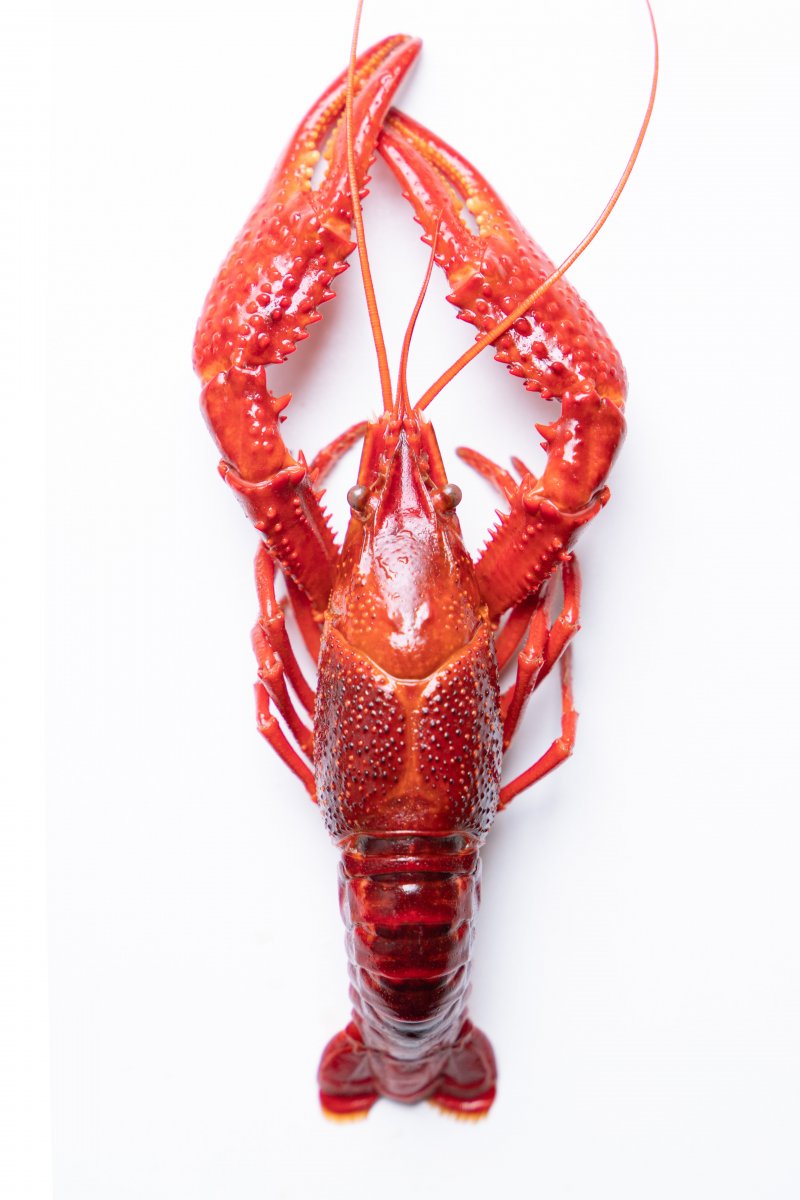
Mussels
Mussels can be used as a substitute for shrimp in some dishes, but there are important differences in flavor, texture, and preparation that you should consider before making the swap. Here’s what you need to know:
- Flavor: Mussels have a distinct flavor that is briny and slightly sweet, quite different from the delicate sweetness of shrimp. This flavor difference can significantly impact the overall taste of your dish.
- Texture: Mussels have a tender, chewy texture compared to the firmer texture of shrimp. The texture of mussels can work well in certain preparations, but it might not be a perfect match for all shrimp dishes.
- Preparation: Mussels require careful cleaning and debearding before cooking. They are commonly cooked by steaming or sautéing, often with aromatic ingredients like garlic, white wine, and herbs. On the other hand, shrimp can be used in a wider range of cooking methods, from grilling and frying to boiling.
- Shellfish Allergies: It’s important to note that some individuals who are allergic to shellfish may react to both shrimp and mussels. Cross-contamination in processing and handling is possible.
- Recipe Compatibility: Mussels might be a better substitute in dishes where their unique flavor and texture would complement the overall taste profile. For example, mussels can work well in pasta dishes, paella, or seafood stews.
While mussels can be a suitable substitute in certain cases, it’s essential to keep in mind the differences in flavor and texture. Depending on the dish you’re preparing, you might need to adjust the recipe to accommodate the characteristics of mussels. Always consider the flavor and texture impact when substituting ingredients in your recipes.
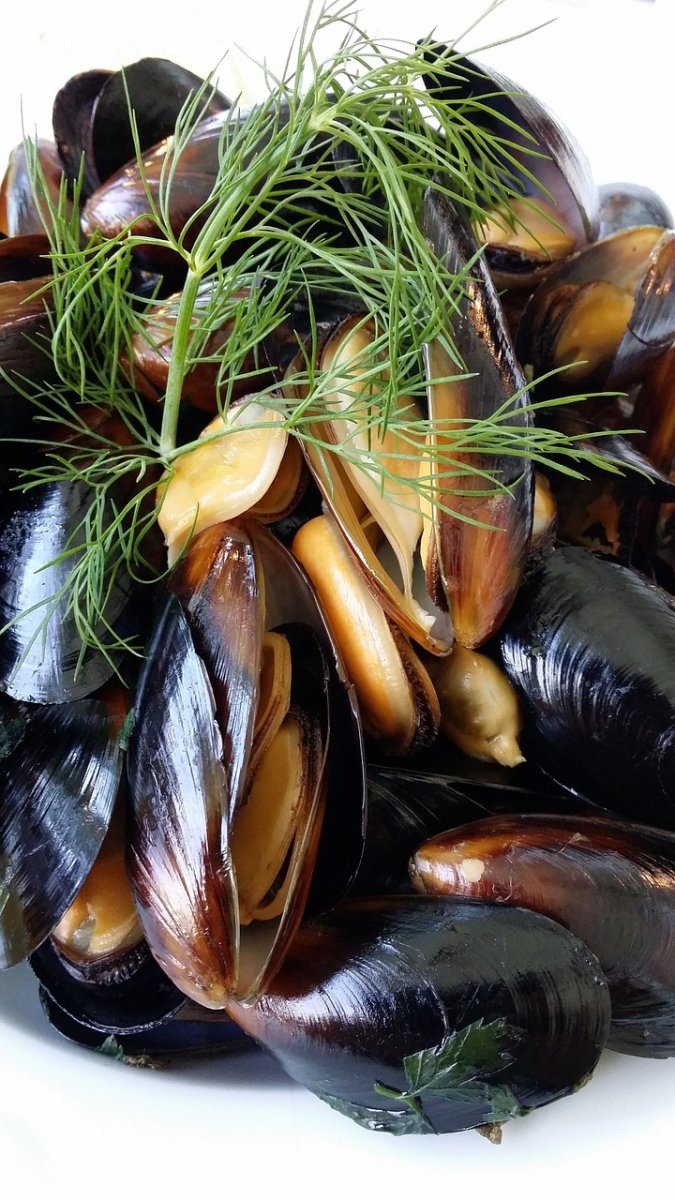
Scallops
Scallops can be a good substitute for shrimp in many dishes, especially when considering their texture and mild flavor. However, there are still some differences to consider:
- Texture: Scallops have a tender yet slightly firm texture that is somewhat similar to shrimp. Sear, grill, or sauté scallops to develop a nice caramelized exterior while remaining tender on the inside.
- Flavor: Scallops have a mild, slightly sweet flavor that is different from the more delicate sweetness of shrimp. This flavor difference may impact the overall taste of your dish.
- Size: Scallops are typically larger than shrimp, so you might need to adjust the quantities if your recipe calls for a specific shrimp size.
- Preparation: Prepare the scallops just like shrimp. Then add them to pasta dishes, risottos, salads, and more.
- Cooking Time: Scallops cook relatively quickly, and overcooking can lead to a tough texture. Pay attention to cooking times to achieve the best results.
- Scallop Varieties: There are different varieties of scallops, with the most common being sea scallops and smaller bay scallops. Sea scallops are often preferred for searing due to their larger size.
- Price: Scallops can sometimes be more expensive than shrimp, so consider the cost implications when substituting.
Keep in mind that while scallops can work well as a substitute for shrimp in terms of texture and versatility, the differences in flavor may impact the final taste of your dish. Scallops can add a unique touch to your dishes, so don’t hesitate to experiment and discover new flavor combinations.
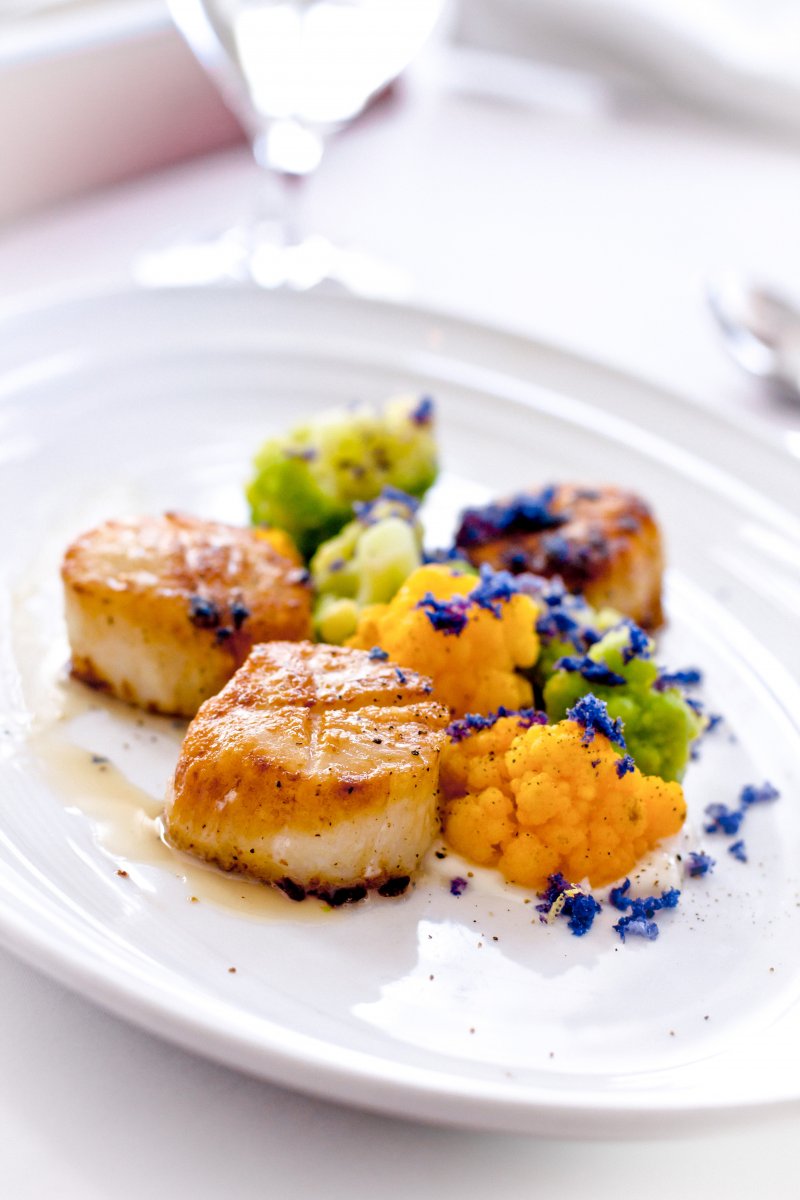
Crab
Crab can also be a suitable substitute for shrimp in certain dishes, but there are important differences to consider:
- Flavor: Crab has a distinct sweet and delicate flavor, but it’s different from the flavor of shrimp. Depending on the dish you’re preparing, the flavor of crab might complement or change the overall taste profile.
- Texture: The texture of crab meat is flaky and tender, which contrasts with the firmer texture of shrimp. The texture difference could affect the mouthfeel and overall experience of the dish.
- Preparation: Use crab meat in dishes like crab cakes, crab salads, and seafood pastas. These preparations might be different from how shrimp are used, so be mindful of the specific cooking methods required.
- Availability: The availability of crab can vary based on your location, and it can sometimes be more expensive than shrimp.
- Varieties of Crab: There are various types of crab, such as blue crab, king crab, snow crab, and Dungeness crab, each with its own unique flavor and texture. The type of crab you choose will impact the final result.
- Shellfish Allergies: Individuals with shellfish allergies may react to both crab and shrimp, so be cautious if you’re substituting for allergy considerations.
When considering crab as a substitute for shrimp, think about the dish you’re making and how the flavor and texture of crab will complement or alter the final result. Crab can add a rich and luxurious element to dishes, but keep in mind the potential differences in taste and texture.
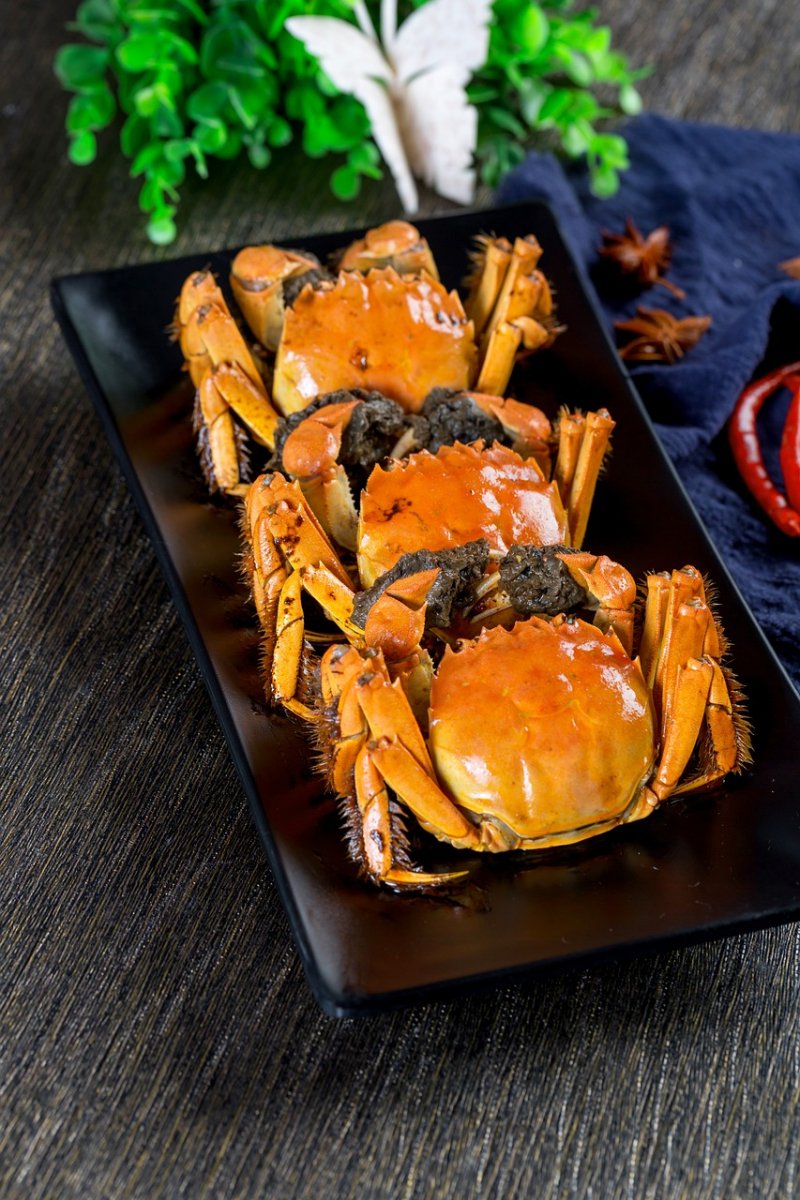
Tofu – a vegetarian shrimp substitute
Tofu can be used as a substitute for shrimp, especially in vegetarian or vegan dishes. However, it’s important to note that tofu has a very different texture and flavor profile compared to shrimp, so the final result might not be identical. Here are some things to consider:
- Texture: Tofu is much softer and more porous than shrimp. It doesn’t have the same firmness or bite that shrimp does. Depending on the dish, this texture difference could affect the overall experience.
- Flavor: Tofu has a mild and neutral flavor compared to the distinctive taste of shrimp. It absorbs flavors well, so marinating or seasoning it can help mimic the flavors of seafood.
- Preparation: Bake, fry,sauté, or grill tofu. To get a more seafood-like texture, you might consider pressing the tofu to remove excess moisture before cooking.
- Recipe Compatibility: Tofu can work as a substitute in dishes like stir-fries, curries, salads, and even sushi. It can add protein and absorb the flavors of the other ingredients.
- Allergies and Dietary Preferences: Tofu is a plant-based option suitable for vegetarians and vegans. It’s also a good choice if you’re avoiding shellfish and seafood due to allergies.
While tofu might not replicate the exact taste and texture of shrimp, it can still offer a protein-rich and versatile alternative. Experimentation is key—try different cooking methods and seasonings to see how tofu works in your favorite shrimp recipes. Keep in mind that the final result will have a tofu-based character, so embrace the unique qualities it brings to the dish.
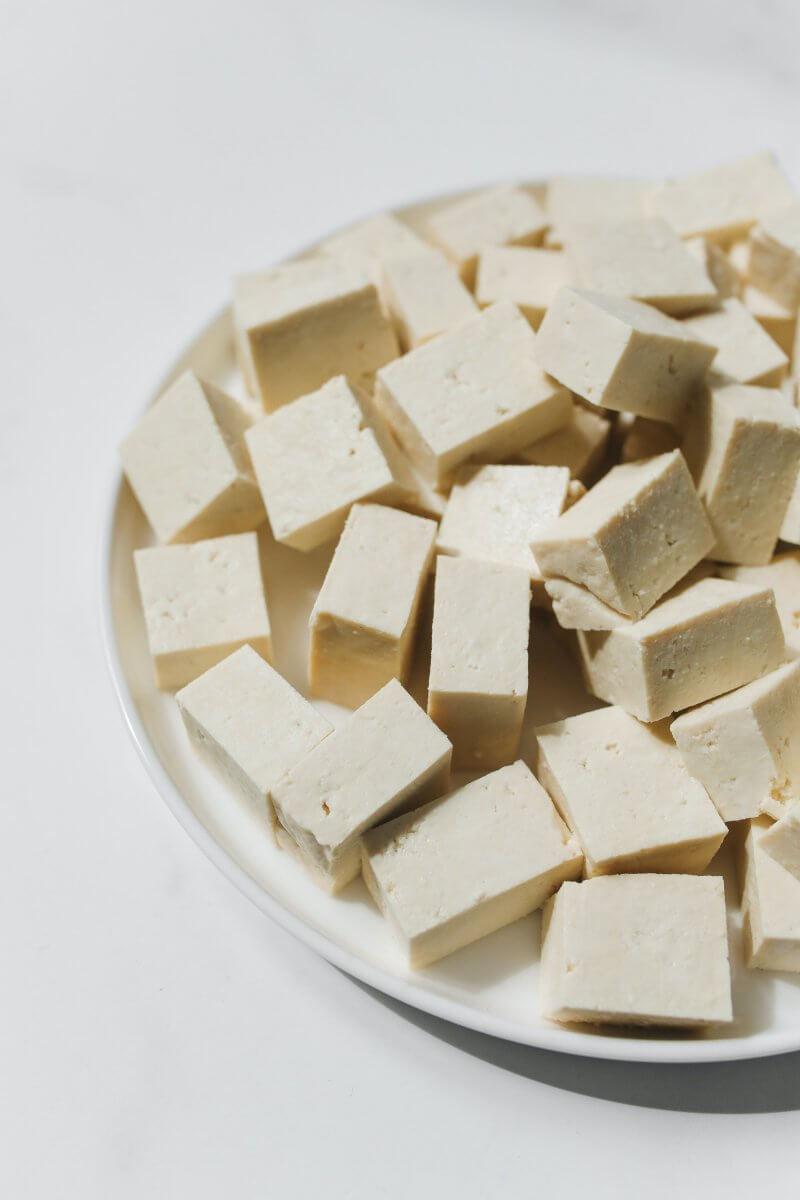
Mushroom – a vegetarian shrimp substitute
Mushrooms can be a creative and flavorful substitute for shrimp, especially in vegetarian or vegan dishes. While they won’t replicate the seafood taste and texture exactly, mushrooms have their own unique qualities that can add depth and richness to your recipes. Here are some things to consider:
- Texture: Depending on the type of mushroom you use and how you prepare them, mushrooms can provide a chewy and hearty texture that is reminiscent of certain seafood.
- Flavor: Mushrooms offer a range of flavors, from earthy to umami-rich. They can absorb flavors well, making them suitable for marinades and seasonings.
- Recipe Compatibility: Mushrooms can work as a substitute in dishes that call for shrimp, such as pastas, stir-fries, salads, and even seafood-style soups and stews.
- Versatility: Different types of mushrooms can provide various textures. For instance, king oyster mushrooms or shiitake mushrooms can be sliced and sautéed to achieve a meaty and seafood-like texture.
- Allergies and Dietary Preferences: Mushrooms are a great option for vegetarians, vegans, and those with seafood allergies.
- Presentation: Depending on the mushroom variety, size, and preparation, you can create dishes with a visually appealing presentation that resembles seafood.
While mushrooms won’t perfectly replicate the taste and texture of shrimp, they can offer a creative and tasty alternative. Experiment with different mushroom types, cooking techniques, and seasonings to find the combinations that work best for your desired dishes.
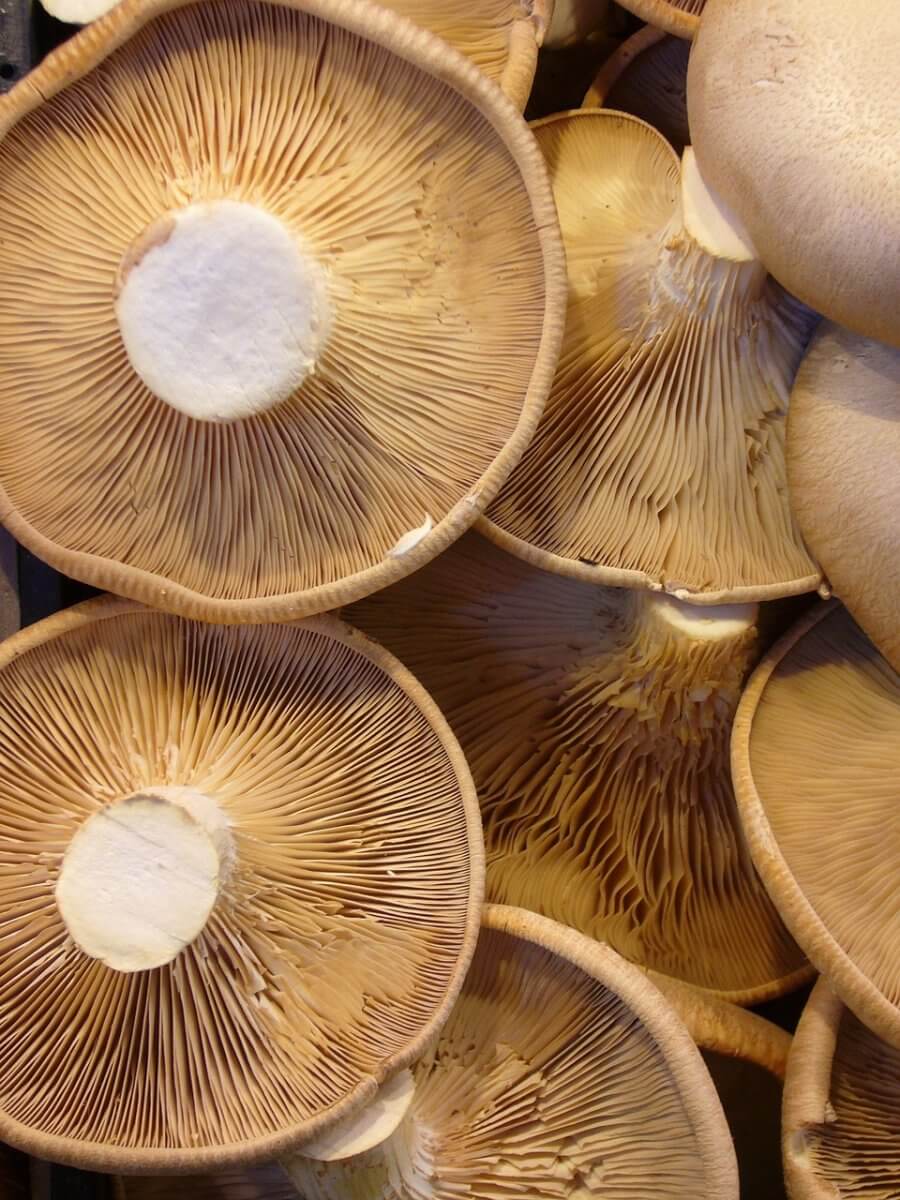
Cauliflower – a vegetarian shrimp substitute
Cauliflower is not a direct substitute for shrimp in terms of taste and texture, but it can be used creatively in certain dishes to mimic the appearance and even the texture of shrimp, especially when battered and fried. Here’s how you can use cauliflower as a substitute:
- Texture: When battered and fried, cauliflower can take on a crunchy and crispy texture that might be reminiscent of fried shrimp. This is particularly true if you’re going for a similar crispy coating.
- Flavor: Cauliflower has a mild flavor compared to the sweet and delicate flavor of shrimp. Use seasonings and sauces to enhance the flavor.
- Recipe Compatibility: Cauliflower works well as a substitute in dishes that are typically made with fried shrimp, such as popcorn shrimp or tempura shrimp. You can serve the battered and fried cauliflower with dipping sauces for a similar snacking experience.
- Versatility: Cauliflower can be transformed in various ways. Aside from frying, you can roast cauliflower florets for a different texture and use them in salads or bowls.
- Dietary Preferences: Cauliflower is suitable for vegetarians and vegans, making it a versatile choice for those who avoid seafood.
While cauliflower might not fully replicate the taste or texture of shrimp, it can be an enjoyable and unexpected alternative in certain dishes. If you’re looking to recreate the experience of fried seafood, using battered and fried cauliflower can offer a fun and flavorful twist on classic recipes.
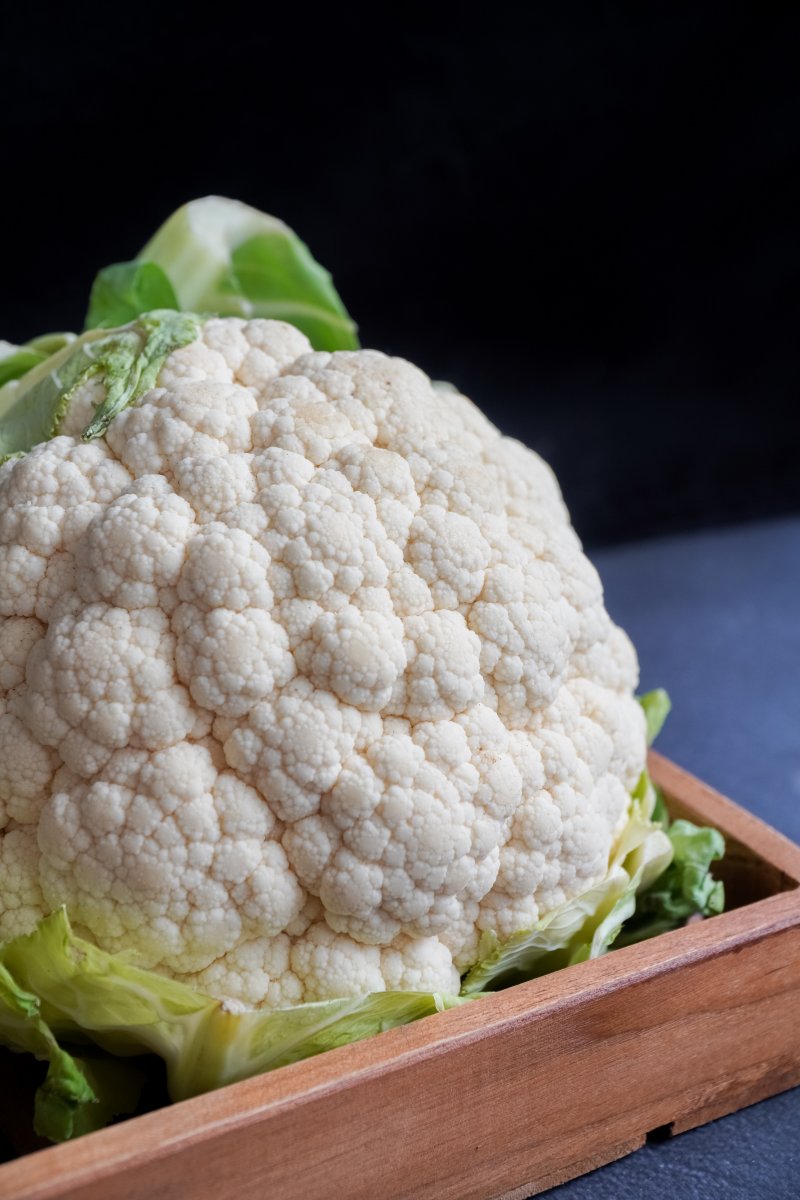
Summary for Shrimp substitutes
Okay – that’s you all sorted with suitable substitutes for shrimp.
Substituting shrimp depends on the characteristics you’re looking to replicate in your dish. Various options are available for substituting shrimp, including plant-based, seafood, and other protein alternatives.
- Tofu, tempeh, and mushrooms are plant-based options that can be used, each with its own unique qualities.
- Langoustine, crayfish, and scallops are seafood alternatives that can work well in certain recipes.
- Crab and mussels can also be used as substitutes, but differences in flavor and texture should be considered.
- Using cauliflower as a substitute can provide a crispy texture similar to fried shrimp when battered and cooked.
When selecting a substitute, consider factors like flavor, texture, recipe compatibility, and dietary preferences to achieve the desired result in your dishes. Experimentation can lead to creative and delicious alternatives in your cooking.
We have gathered together a lot more facts on ingredients such as herbs, spices, oils, nuts, etc. if you would like to learn some more.
